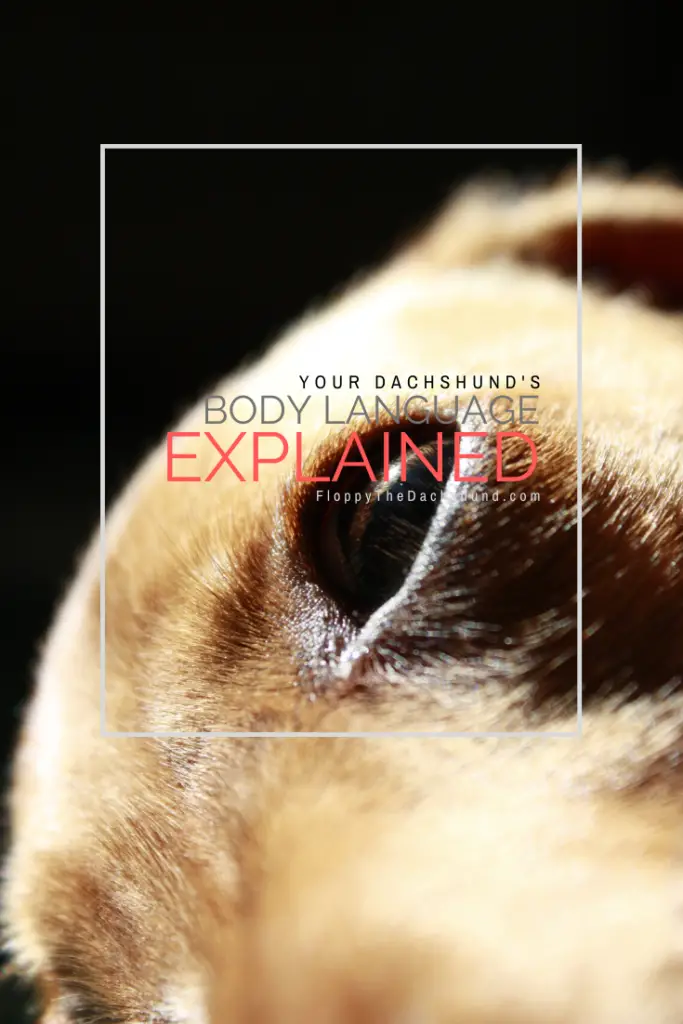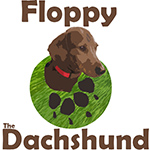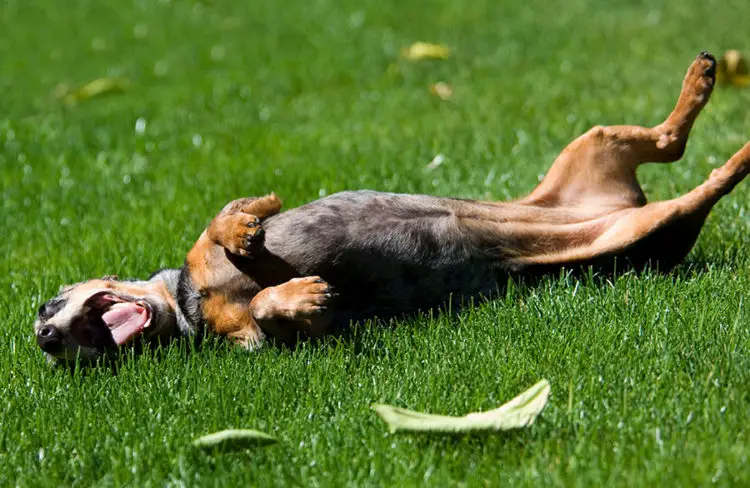If you want to have a deep relationship with your dachshund, you need to understand his body language. In most cases, what we see tells us more than what we hear. With this in mind, let’s see what your dachshund’s body language has to say!
What Does It Mean When a Dog Puts His Head On You?
This is a sure sign of trust. Naturally, it depends on the situation and a dog’s personality, but the majority of the time, a dog is showing you that he is interested in you when he lays his head on you.

This gesture really is the greatest compliment your dog can give. It means that he believes in you and appreciates you and wants to share his life with you, and also that he will protect you and your family from physical and emotional harm. Dogs are amazing creatures. They can be one with us and read our hearts. If your dog lays his head on you, he sees you as a good companion, and sees himself as your protector.
What Does It Mean When a Dog Stands Over You?
If a dog sits on his knees, he is showing a classic dominant stance. This or standing above you, he sees himself as “higher” than you, even if only for a short time; he thinks he’s the boss. In any position where his head is higher than yours, he will think he is the one in charge.
What Does It Mean When a Dog Bows In Front of You?
The play bow is one of the most delightful canine postures. Some dogs even pull back their lips horizontally, adding a pleasant smile to this pose, but if they do not expose their teeth, the “smile” can be mistaken for a sign of attack. The beauty of the play bow is that a dominant dog can give a lower-ranking dog a play bow, and vice versa. When two dogs meet for the first time, they also bow in the way of making friends.
Dogs have a good sense of humor when they play with their favorite canine friends. In true play mode, dogs can play roughly, but not threateningly.

Why Does My Dog Lay On His Back When He Sees Me?
If you’ve established yourself as the leader of the pack, you dog will find you intimidating, and as such, he will submit to you; one way he will show his submission is by rolling over on his back and exposing his tummy to you. He may also enjoy tummy rubs and roll over in hopes that you’ll give him one.
Why Does My Dachshund Lick Me So Much?
Your dog is probably licking you as an expression of his affection. You may even taste good to him! Dogs also learn a lot about the world through their mouths and by licking you, he is gathering and processing information about you. This information can even help your dog make certain decisions. Licking is instinctual to all canines. Mothers lick and groom their puppies and as such, puppies grow up with this behavior.
How Can You Tell If Your Dog Is Happy?
Perhaps the easiest body language to understand is that of a happy dog! There are clear signs that indicate when a dog is happy.
When They Lean On You
A relaxed dog enjoying your company will lean on your while doing so.
High And Wacky Tail
This is probably the best-known sign that your dog is a happy pup.
When Their Body is Comfortable
If your dog has a relaxed posture, meaning no tension or stiffness, has loose shoulders and soft eyes, this likely means he feels really good.
Floppy Ears
Floppy ears are not taut or flat on the head. Pricked ears are a sign of caution. In fact, your dog’s ears are very expressive – they can tell you if your dog is happy or sad, or if he is simply concentrating, and more.
Why Should You Not Hug Your Dog?
Hugs are a natural way for people to express their affection for their loved ones, but hugging is not recommended for dogs. Most experts agree that dogs do not like to be hugged because they can’t move. When you hug them, they feel restricted, and when they are happy, they want to stand up and shake their tails instead.
Just because you shouldn’t hug your dog doesn’t mean you can’t express your love for him in a different way. You can still show him how much you care by touching, petting, or lightly massaging him. Your dog’s body releases the feel-good hormone, oxytocin, when he is around you. Some dogs also enjoy belly rubs!
Remember to teach your children that dogs do not like to be hugged. Signs of anxiety in a dog can be tricky to perceive so make sure that you or another adult is around your dog and your children so that an adult is the one interpreting your dog’s body language. For example, when a dog is shaking his tail, it doesn’t always mean that he is happy. This applies to all dog breeds, not just to dachshunds.
Conclusion
Learning how to read your dog’s body language is essential for all pet parents. It is true that each dog has his own personality and unique circumstances, but there is some universality to dog behavior that makes it easier to recognize their feelings. We may not become body language experts overnight, but as always, with time and patience, we can develop that best friend bond that we’ve always wanted with our dog.

